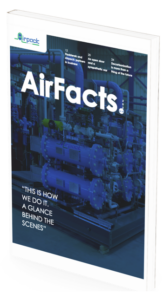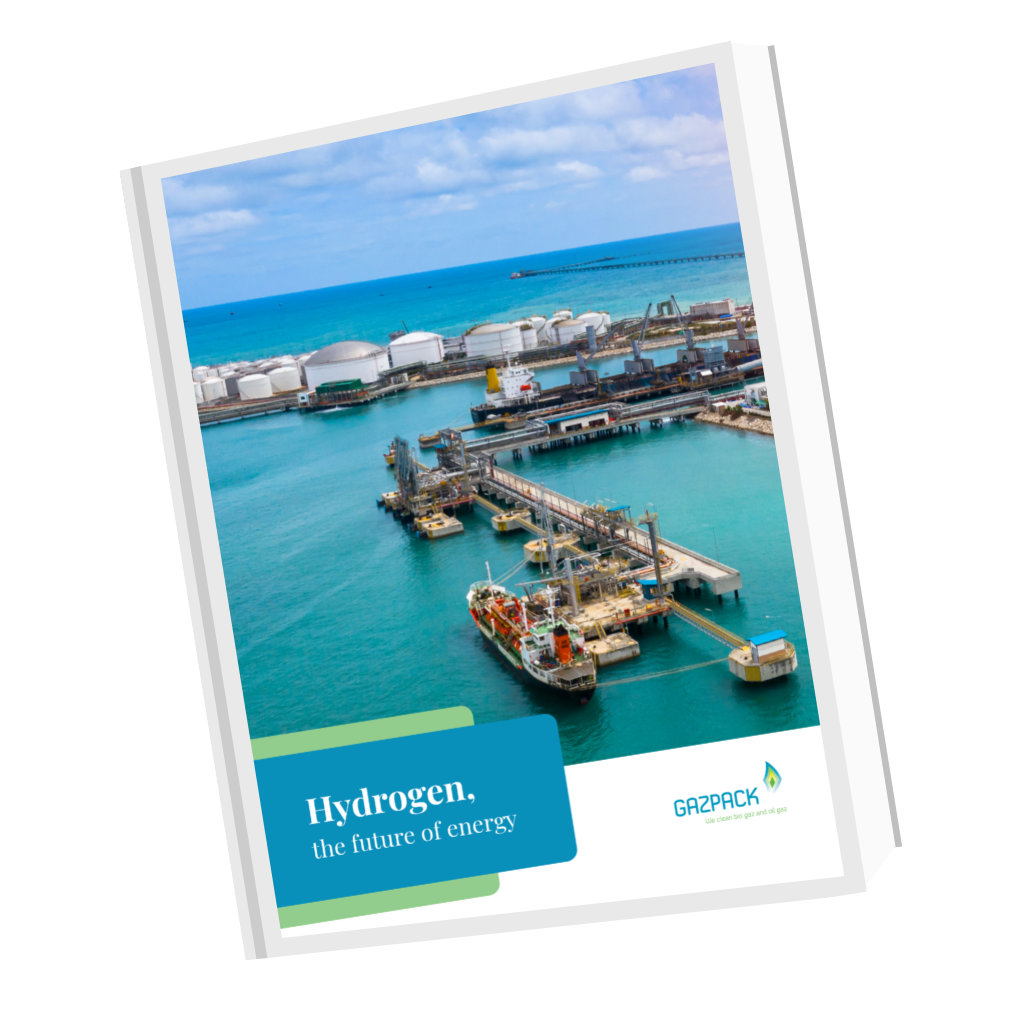PSA Biogas
Looking to explore the world of biogas processing and handling solutions? Get instant access to our documents about biogas technology.
The Japanese artist Masashi Kishimoto once observed: “All things that have form eventually decay.” For carbon-based flora and fauna, this is certainly a true and ongoing phenomenon relative to the cycle of life and death. While this truism can prompt despair and a resigned fatalism, it also contains a germ of hope. For even the rotting squirrel carcass, the biodegradeable garbage, the gross wastewater sludge and the putrid chicken manure — each unappealing and seemingly useless — offer life-enhancing energy to humanity in the form of biogas. Pressure swing adsorption upgrading for biogas (PSA) helps to make that energy safe and usable for humans.
Biogas — Where It’s From and What It Does
From swamps to farms to water treatment plants to municipal landfills, biogas is locked in the myriad organic matter that are omnipresent at these venues. A mix of methane (CH4), carbon dioxide (CO2) and numerous other chemial compounds of lesser proportion, biogas has demonstrated over the years its value and effectiveness as a renewable source of energy that can offset cutbacks in fossil fuel combustion. When let to decompose without oxygen present, organic materials like those noted above will break down according to a consistent sequence and by the activity of specific bacterial microorganisms.
When this order of chemical reactions — i.e. anaerobic digestion — plays itself out, the ultimate action is the release of biogas. The active ingredient in biogas is the methane. All else — the other compounds that constitute biogas — either inhibit the CH4 performance, threaten health and infrastructure or simply take up space. Before biogas is ready for practical application, these superfluous and sometimes hazardous compounds must be expelled from the gas. Once made purer from contaminants, biogas can serve to power electricity generation; heat homes and buildings; cook food; and even fuel trucks, buses, trains and automobiles.
Contaminants and Other Inhibiting Trace Compounds
- Hydrogen Sulfide (H2S) — toxic to the human respiratory tract and corrosive to storage cylinders and pipelines
- Water Vapors (H2O) — react with other compounds to form corrosive acids
- Siloxanes — react with other compounds to form silica and other crystalline deposits that damage combustion engines
- Carbon Dioxide (CO2) — prevents peak performance of biogas and takes up space in storage
Removing these substances is essential for the energy value of the biogas as well as for public health and the longevity of the production/transport/storage infrastructure.
Technologies to Purify Biogas
A number of methods are used regularly for the cleansing of biogas that is collected from anaerobic digesters. Among them are:
- Water Scrubbing — Both H2S and CO2 have high water solubility. Compressed biogas is streamed through a water scrubber compartment where the contaminant compound molecules are absorbed by the H2O.
- Amine Solvents — These comprise another absorption technique. Under high pressure and low temperature conditions, the CO2 is ingested by a solution of ammonia derivatives like monoethanolamine, diethanolamine and methyldiethanolamine.
- Permeable Membranes — These are designed so methane, with a low permeability, can be trapped and isolated in a column while the contaminants pass on through the fitted membrane.
- Cryogenic Techniques — Employing cryogenic priniples exploits the condensation temperatures of the contaminant gases relative to that of the methane. Detrimental compounds can be frozen and thereby separated from the biogas.
Each of these methods works effectively under the right circumstances. Not all remove every impurity. Pressure swing adsorption of biogas is another way to clean the unwelcome components to make an exploitable renewable energy source.
What Is Pressure Swing Adsorption?
Look closely at the last word: adsorption. As distinguished from absorption, adsorption involves the attraction of a solid to its surface. Gases are not taken in or soaked up by the adsorption agent. More accurately, they cling to it. Pressure swing adsorption (PSA), unlike cryogenic techniques, is performed at room or ambient temperatures. PSA can utilize a variety of attraction materials — activated carbon or zeolites, for example — to draw the target compounds to their surfaces (like fly paper!) under high pressure conditions. Once maximally separated from the biogas, the hindering compounds are then repelled from the surface when pressure “swings” low.
In addition to biogas cleaning, PSA is often used in the production of ammonia and in the refining of petroleum. Moreover, it mitigates the output of coal-fired power plants by sequestering many harmful greenhouse gases. Advantages to the PSA technique include modest investment and operating cost; minimal human activity because it is largely automated; low level of noise during operation; and the relative speed of the process from start to finish. A major disadvantage, according to some scientists, is a limited volume capacity.
In Summary
Pressure swing adsorption, or PSA of biogas, is one of several effective methods to separate the methane from other undesirable chemical gases. A somewhat quick process, PSA is also more financially attainable than some of the more elaborate biogas cleansing approaches. Though not without its limitations, PSA is a useful weapon in the arsenal against biogas contaminants.
PSA Biogas
Looking to explore the world of biogas processing and handling solutions? Get instant access to our documents about biogas technology.




